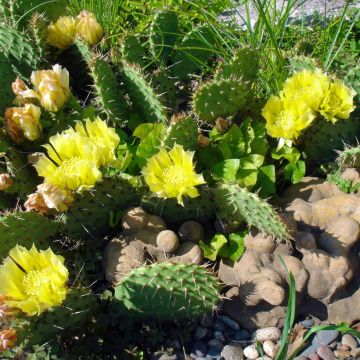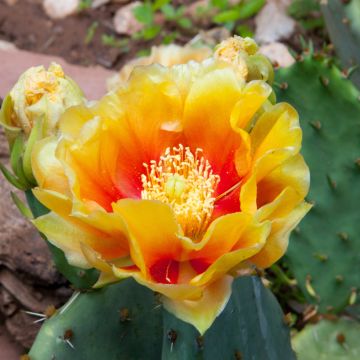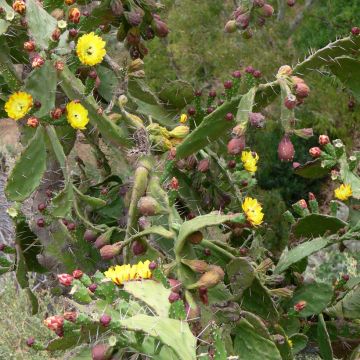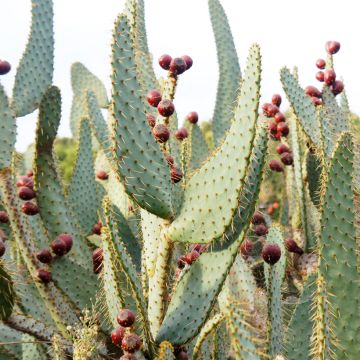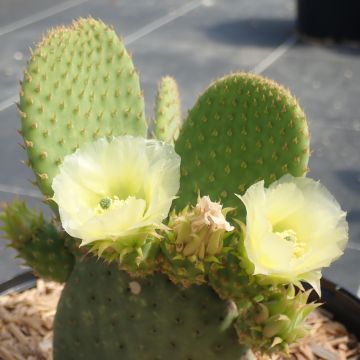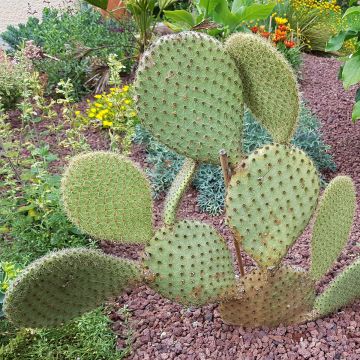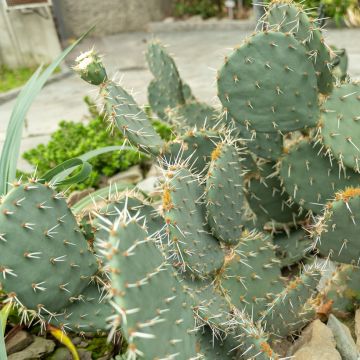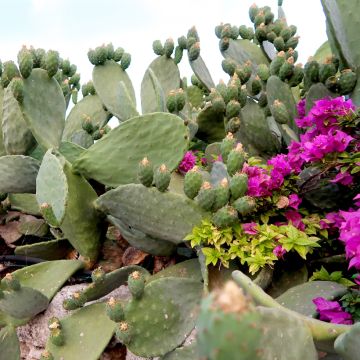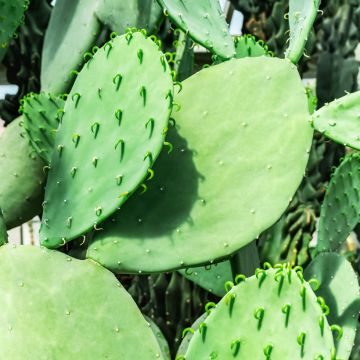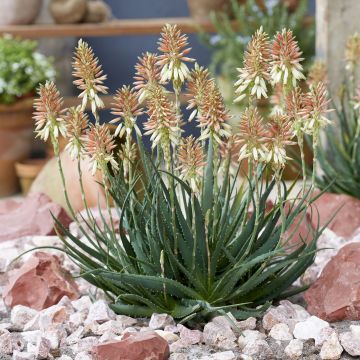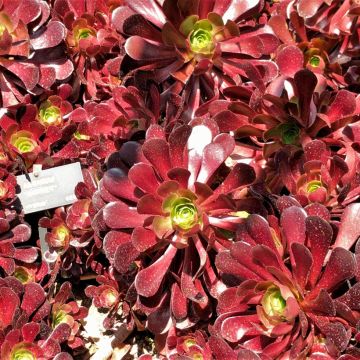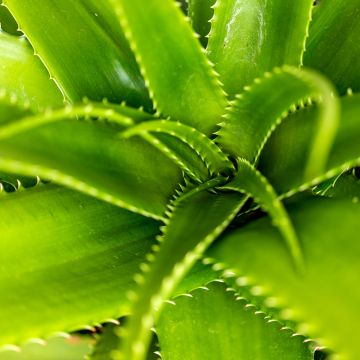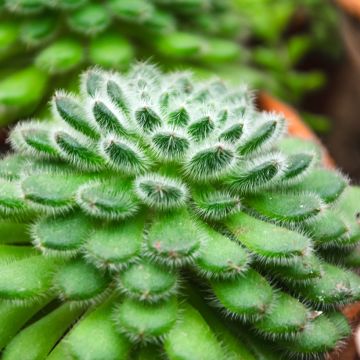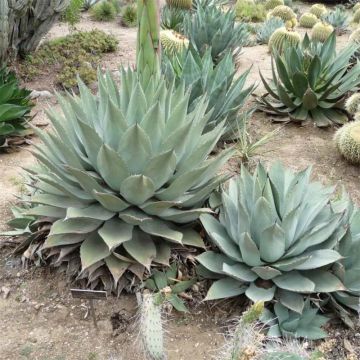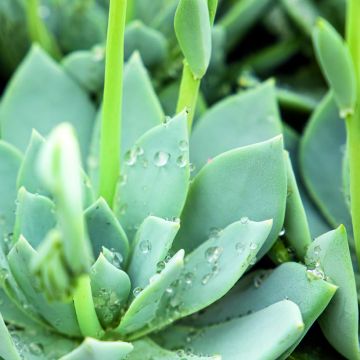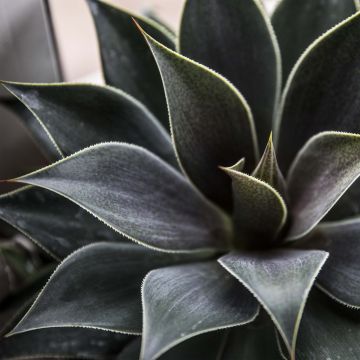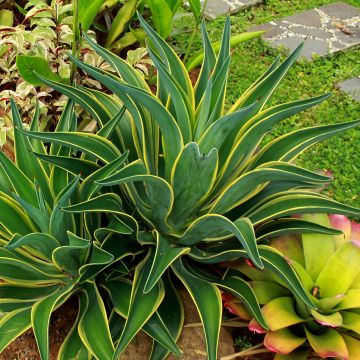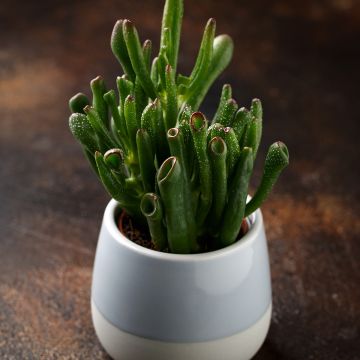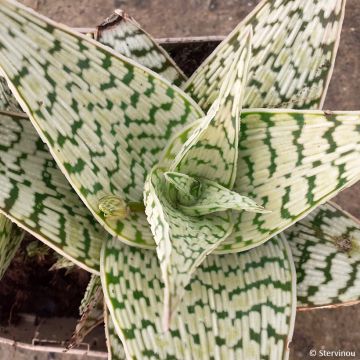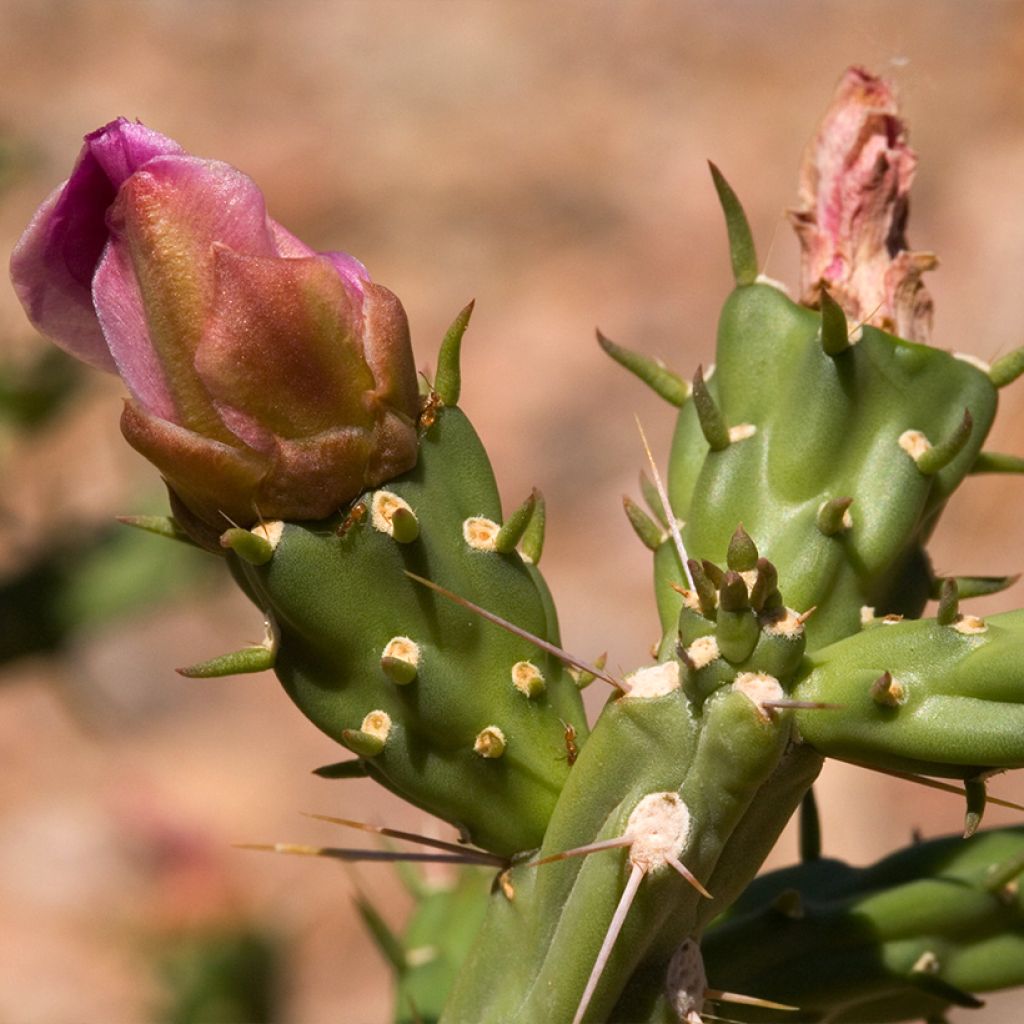

Cylindropuntia kleiniae
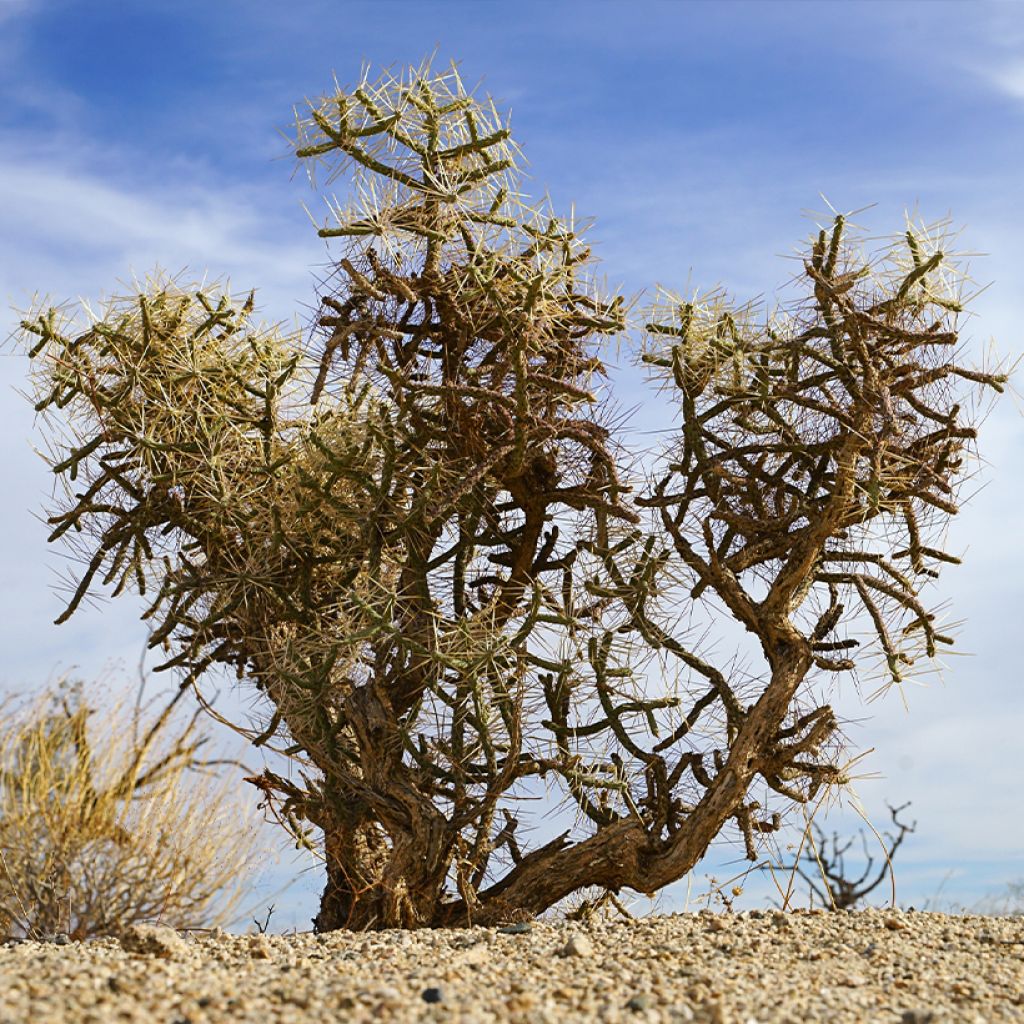

Cylindropuntia kleiniae
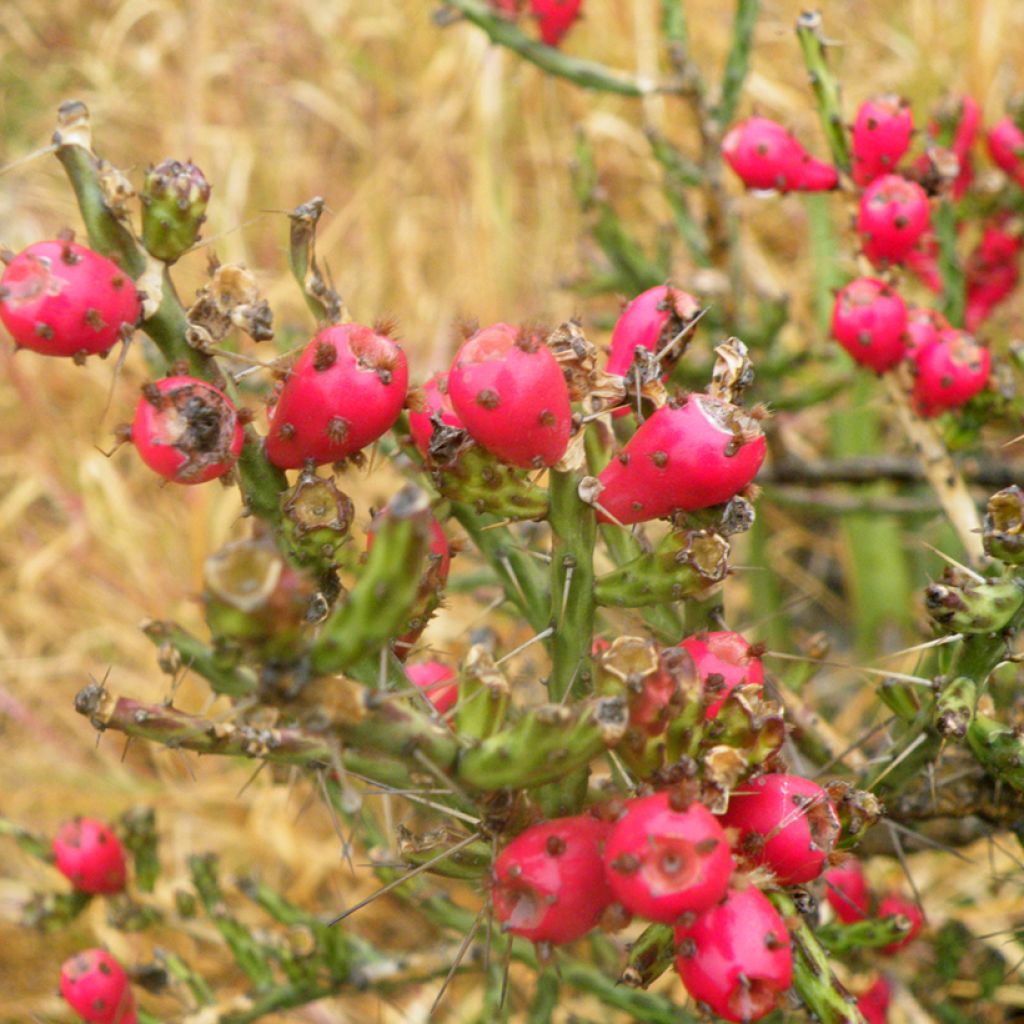

Cylindropuntia kleiniae
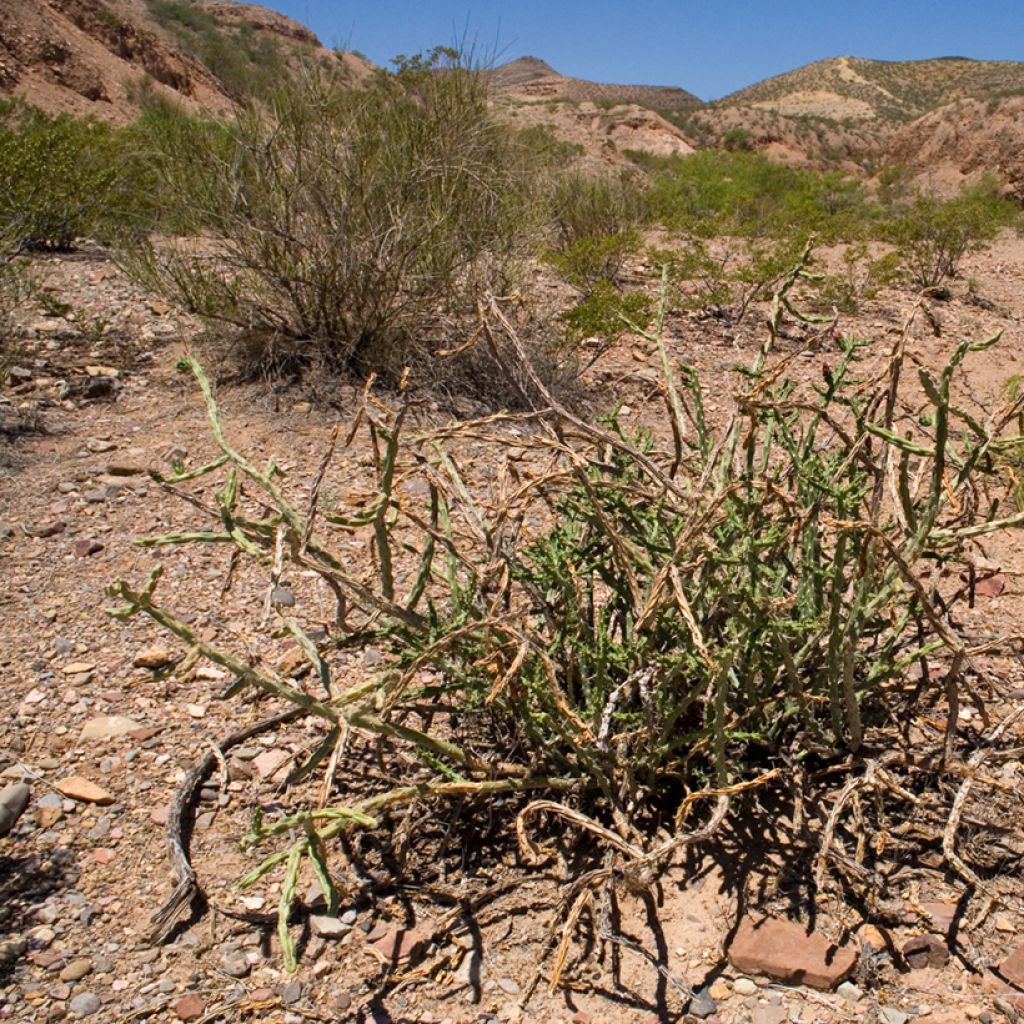

Cylindropuntia kleiniae
Cylindropuntia kleiniae
Cylindropuntia kleiniae
Klein's Pencil Cactus, Klein's Cholla, Candle Cholla
This item cannot be shipped to the selected country
Delivery charge from €5.90
More information
Schedule delivery date,
and select date in basket
This plant carries a 12 months recovery warranty
More information
We guarantee the quality of our plants for a full growing cycle, and will replace at our expense any plant that fails to recover under normal climatic and planting conditions.
From €5.90 for pickup delivery and €6.90 for home delivery
Express home delivery from €8.90.
Does this plant fit my garden?
Set up your Plantfit profile →
Description
Cylindropuntia kleiniae (synonym Opuntia kleiniae) is a peculiar prickly pear cactus that will delight collectors of cacti and other succulent plants. This cousin of the Barbary Fig develops slender cylindrical branches armed with long and formidable whitish spikes, forming a small bush with a delicate appearance. In early summer, ephemeral but delicate magenta-violet flowers with a yellow centre appear. Its cultivation in rocky and well-drained soil poses no problem if the soil is dry in winter. Surprising in a minimalist setting, spectacular against a backdrop of rocks and blue sky, it naturally structures exotic, contemporary, and of course dry and wild gardens.
Cylindropuntia kleiniae is a succulent plant without leaves from the Cactaceae family. This botanical species is native to arid regions of New Mexico, Oklahoma, and Texas, where it grows at altitudes between 700 and 1200m (2297 and 3937ft). This cactus forms a sparsely branched bush with a slightly upright habit over a few years. An adult specimen can reach 1.75 to 2m (6 to 7ft) in height and 1 to 1.2m (3 to 4ft) in width under favourable conditions. The vegetation consists of a trunk dividing into structural branches called articles, in the shape of long cylinders with a diameter of 1cm (0.4 in), erect towards the sky. Their slightly glaucous grey-green surface is covered with protuberances. They are adorned with an abundance of long acute spikes, which are very dangerous when handled. In June, solitary magenta-violet flowers in cups of 3 to 5cm (1 to 2in) in diameter appear at the ends of the floral articles, centred on a yellow stamen heart. Occasionally, parts of the plant fall to the ground and root upon contact.
This cactus is hardy up to -15°C (5°F) without protection, but only in perfectly drained, dry, rocky, or sandy soil. In a favourable climate, it will find its place in a large rock garden, a gravel bed, or at the edges of a dry garden, where its somewhat twisted silhouette will stand out against a mineral and austere backdrop composed of a few grasses, agaves, Hesperaloe parviflora, and other desert plants such as Yuccas and Dasylirions. It is entirely possible to cultivate this Cylindropuntia in a pot on a terrace, carefully choosing the sunniest spot, which allows it to be protected from rain in winter.
Report an error about the product description
Cylindropuntia kleiniae in pictures
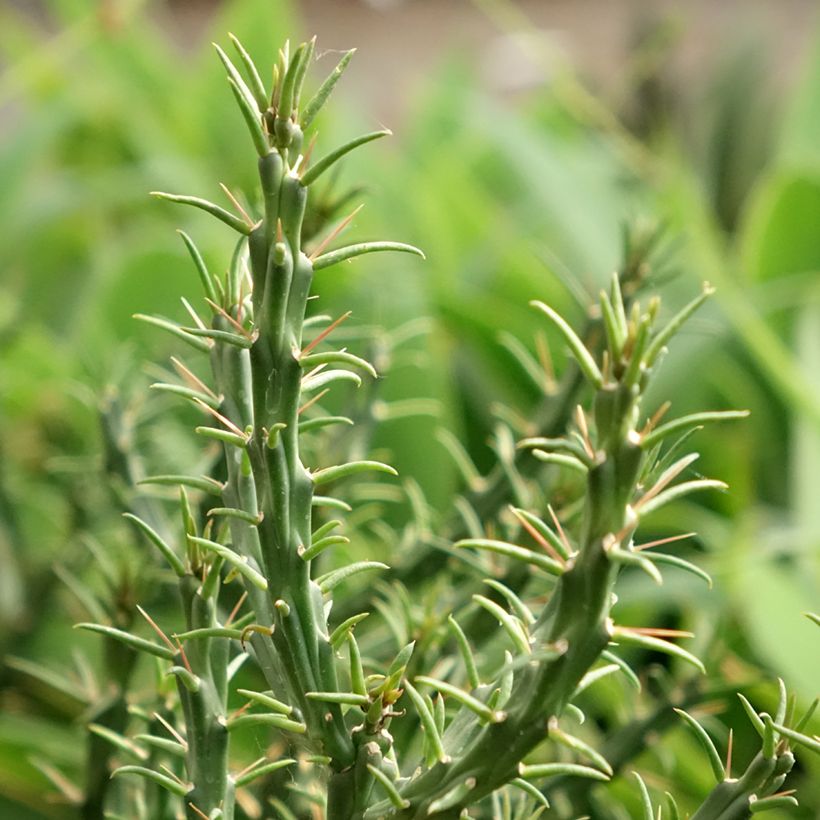

Flowering
Foliage
Plant habit
Botanical data
Cylindropuntia
kleiniae
Cactaceae
Klein's Pencil Cactus, Klein's Cholla, Candle Cholla
North America
Other Opuntia
Planting and care
Handle Cylindropuntia kleiniae with gloves and protective glasses.
Plant it in spring or early autumn, in full sun, in preferably poor, rocky, or sandy well-drained soil. It tolerates winter cold in dry soil and can withstand dry or even arid soils in summer. A little water in spring will be beneficial for its growth and flowering induction. It can withstand frost down to about -15°C (5°F), but is sensitive to snow. This species also tolerates sea spray and can therefore be perfectly cultivated by the seaside. It is not known to have any enemies.
Cultivation substrate: 3/4 potting soil + 1/4 vegetable soil + organic fertiliser for potted plants. Sandy, very rocky soil, low in clay for field cultivation.
Multiplication by cutting: take a section at a junction, place it on a cactus-type substrate for a few days until a callus forms. Then bury the base of the cutting a little deeper into the soil and water regularly. The plant will not flower until it is 3-4 years old.
Planting period
Intended location
Care
This item has not been reviewed yet - be the first to leave a review about it.
Cacti and succulents
Haven't found what you were looking for?
Hardiness is the lowest winter temperature a plant can endure without suffering serious damage or even dying. However, hardiness is affected by location (a sheltered area, such as a patio), protection (winter cover) and soil type (hardiness is improved by well-drained soil).

Photo Sharing Terms & Conditions
In order to encourage gardeners to interact and share their experiences, Promesse de fleurs offers various media enabling content to be uploaded onto its Site - in particular via the ‘Photo sharing’ module.
The User agrees to refrain from:
- Posting any content that is illegal, prejudicial, insulting, racist, inciteful to hatred, revisionist, contrary to public decency, that infringes on privacy or on the privacy rights of third parties, in particular the publicity rights of persons and goods, intellectual property rights, or the right to privacy.
- Submitting content on behalf of a third party;
- Impersonate the identity of a third party and/or publish any personal information about a third party;
In general, the User undertakes to refrain from any unethical behaviour.
All Content (in particular text, comments, files, images, photos, videos, creative works, etc.), which may be subject to property or intellectual property rights, image or other private rights, shall remain the property of the User, subject to the limited rights granted by the terms of the licence granted by Promesse de fleurs as stated below. Users are at liberty to publish or not to publish such Content on the Site, notably via the ‘Photo Sharing’ facility, and accept that this Content shall be made public and freely accessible, notably on the Internet.
Users further acknowledge, undertake to have ,and guarantee that they hold all necessary rights and permissions to publish such material on the Site, in particular with regard to the legislation in force pertaining to any privacy, property, intellectual property, image, or contractual rights, or rights of any other nature. By publishing such Content on the Site, Users acknowledge accepting full liability as publishers of the Content within the meaning of the law, and grant Promesse de fleurs, free of charge, an inclusive, worldwide licence for the said Content for the entire duration of its publication, including all reproduction, representation, up/downloading, displaying, performing, transmission, and storage rights.
Users also grant permission for their name to be linked to the Content and accept that this link may not always be made available.
By engaging in posting material, Users consent to their Content becoming automatically accessible on the Internet, in particular on other sites and/or blogs and/or web pages of the Promesse de fleurs site, including in particular social pages and the Promesse de fleurs catalogue.
Users may secure the removal of entrusted content free of charge by issuing a simple request via our contact form.
The flowering period indicated on our website applies to countries and regions located in USDA zone 8 (France, the United Kingdom, Ireland, the Netherlands, etc.)
It will vary according to where you live:
- In zones 9 to 10 (Italy, Spain, Greece, etc.), flowering will occur about 2 to 4 weeks earlier.
- In zones 6 to 7 (Germany, Poland, Slovenia, and lower mountainous regions), flowering will be delayed by 2 to 3 weeks.
- In zone 5 (Central Europe, Scandinavia), blooming will be delayed by 3 to 5 weeks.
In temperate climates, pruning of spring-flowering shrubs (forsythia, spireas, etc.) should be done just after flowering.
Pruning of summer-flowering shrubs (Indian Lilac, Perovskia, etc.) can be done in winter or spring.
In cold regions as well as with frost-sensitive plants, avoid pruning too early when severe frosts may still occur.
The planting period indicated on our website applies to countries and regions located in USDA zone 8 (France, United Kingdom, Ireland, Netherlands).
It will vary according to where you live:
- In Mediterranean zones (Marseille, Madrid, Milan, etc.), autumn and winter are the best planting periods.
- In continental zones (Strasbourg, Munich, Vienna, etc.), delay planting by 2 to 3 weeks in spring and bring it forward by 2 to 4 weeks in autumn.
- In mountainous regions (the Alps, Pyrenees, Carpathians, etc.), it is best to plant in late spring (May-June) or late summer (August-September).
The harvesting period indicated on our website applies to countries and regions in USDA zone 8 (France, England, Ireland, the Netherlands).
In colder areas (Scandinavia, Poland, Austria...) fruit and vegetable harvests are likely to be delayed by 3-4 weeks.
In warmer areas (Italy, Spain, Greece, etc.), harvesting will probably take place earlier, depending on weather conditions.
The sowing periods indicated on our website apply to countries and regions within USDA Zone 8 (France, UK, Ireland, Netherlands).
In colder areas (Scandinavia, Poland, Austria...), delay any outdoor sowing by 3-4 weeks, or sow under glass.
In warmer climes (Italy, Spain, Greece, etc.), bring outdoor sowing forward by a few weeks.

































